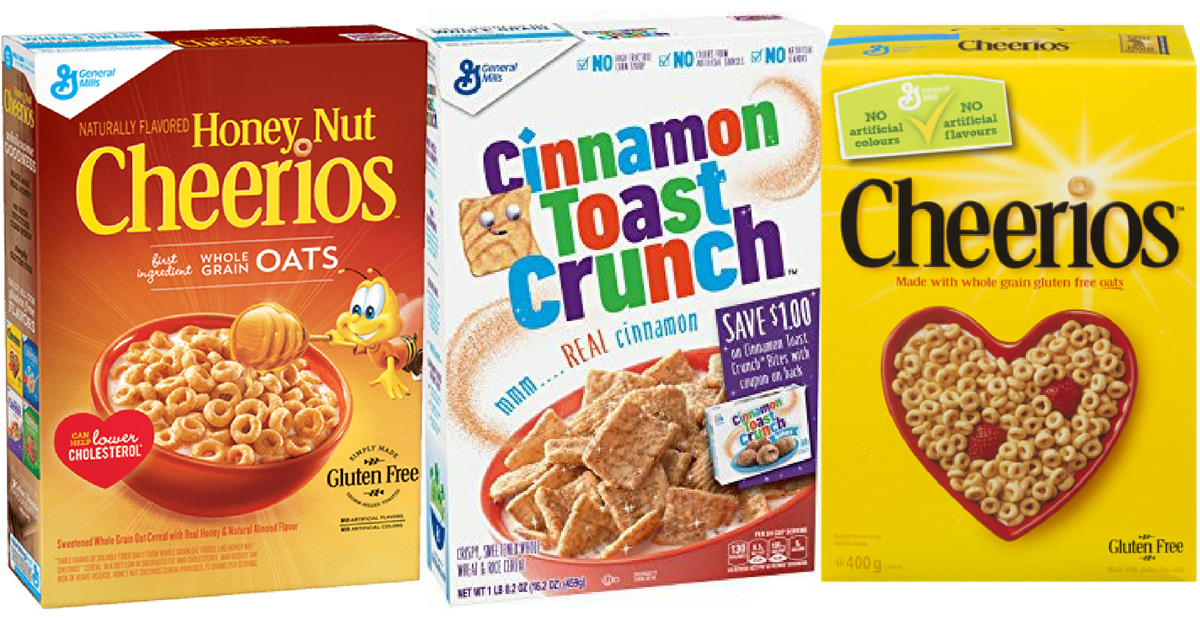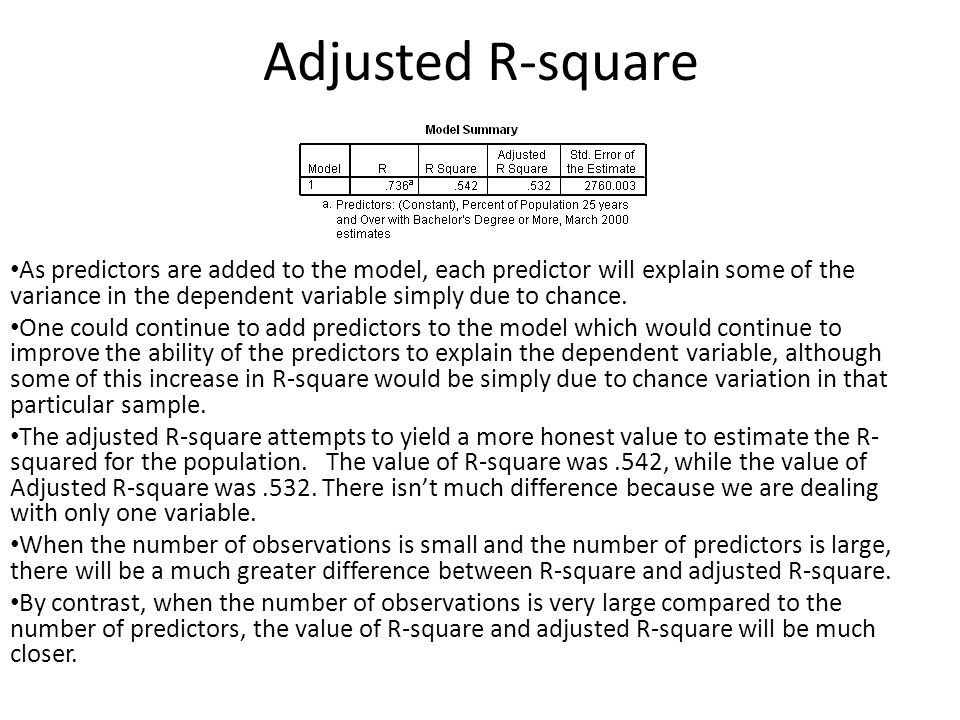
Using the fifteenth percentile cutoff, we see strong evidence of Giffen behavior for the poor-but-not-too-poor, and now the coefficient for the poorest is negative, though not statistically significant. As the model suggested and the analysis of Hunan revealed, focusing only on those below a certain staple calorie share threshold risks including those who may be too wealthy to be Giffen consumers. While in Hunan we were able to detect Giffen behavior even under the more conservative approach (i.e., without appropriately parsing the data), it may be that we are simply unable to in Gansu. Returning to Figure 2, as in Hunan the coefficients from the weighted regressions for Gansu reveal an inverted-U response of wheat consumption to an own-price change over the range of initial staple calorie share, though no coefficient is statistically significantly different from zero at the 5 percent level over this interval. The range of positive point estimates is both lower and narrower than in Hunan, ranging only from approximately 0.40 to 0.60; correspondingly, column 11 of Table 6 shows that if we examine households in this range, there is evidence of Giffen behavior, with a large elasticity (1.07), statistically significant at the 10 percent level. While we are of course concerned about the inherent biases in searching over many intervals for a result, both the theory outlined above and the pattern observed in Figure 2 point to the need to examine only those who are poor, while excluding those who are too poor and not poor enough, in testing for Giffen behavior.

With Giffen goods, the demand curve is upward sloping which shows more demand at higher prices. Since there are few substitutes for Giffen goods, consumers continue to remain willing to buy a Giffen good when the price rises. Giffen goods are usually essential items as well which then incorporates both the income effect and a higher price substitution effect. Since Giffen goods are essential, consumers are willing to pay more for them but this also limits disposable income which makes buying slightly higher options even more out of reach.
What Is a Giffen Good?
A Giffen good is an exception to the basic law of demand in microeconomics, which states that as the price of a good increases, the quantity demanded of that good decreases, all other things being equal. Jensen and Miller found strong evidence of Giffen behavior exhibited by Hunan households with respect to rice. Lowering the price of rice through the subsidy caused reduced demand by households for the rice while increasing the price by removing the subsidy had the opposite effect.

Although our primary concern in this paper is documenting the presence of Giffen behavior, we are also interested in testing this broader prediction of the theory. As the price of wheat flour increases, consumers may giffen goods example in india have to reduce their consumption of other goods to afford the staple, and as a result, demand for wheat flour may increase. The substitution effect occurs due to a change in relative prices between two or more goods.
Increased Minimum Wage Impact on Employment
Two final concerns with the experiment, namely whether there was cheating (in the form of cashing out or reselling) despite our rules against doing so or whether the vouchers might create a “salience” or signaling effect, are discussed with the results in Section IIIE. In identifying the relevance of the three consumption zones, the results also point to an important nonlinear effect of programs designed to improve nutrition. Such programs are unlikely to significantly improve nutrition among subsistence households unless they effectively move them out of the subsistence zone, since within this zone households will spend additional income on improving the taste of their meals, rather than their nutritional content. Only if the size of the benefit is large enough to move a subsistence-zone household into the standard zone will it substantially improve nutrition. Thus, programs that appear not to improve nutrition might have a significant effect on these households if their benefits were increased. However, the same nonlinearities have the opposite implications for households in the calorie-deprived zone.

29This coefficient differs slightly than the peak coefficient in the figure since the latter arises from a weighted regression, with more weight assigned to points closer to the peak of the curve. 13Similarly, because the samples were drawn from lists of the poor spread throughout large cities, we believe it is unlikely the various study participants knew each other or the benefits others were receiving. Public goods are common goods to all the people and belong to all the members of the community or society. Such goods are non-exclusive (non-excludability) as anyone can consume such public goods without permission and without reducing the availability to the other. When you were a student, you ate ramen because you couldn’t afford steak and fried chicken. When you graduated and began earning money, you bought more stead and fried chicken, and less ramen.
I. Giffen Behavior and Consumption among the Poor
However, it is of course possible that larger subsidies create stronger signaling effects, so these results do not imply there were no such effects at all. 16While it may seem difficult to recall or estimate how many grams of, say, rice were eaten with a meal, for the extreme poor who are on a very limited budget, food is often apportioned and accounted for much more carefully. Further, diets for these extremely poor households often vary little or not at all from day to day, except on special occasions, so recalling the quantity of specific food items is not as difficult. In this case, the price of potatoes increased, and despite the fact that consumers could not afford to purchase other goods, they actually increased their demand for potatoes, which were a staple part of their diet.
- Any such cutoffs would be imperfect, including some people who, because of high weight or activity levels, are unable to achieve maintenance nutrition with the specified income, and excluding others who have lower than expected nutritional (and thus income) needs because of small stature or low activity levels.
- The sample consisted of 100–150 households in each of 11 county seats spread throughout Hunan and Gansu provinces (Anren, Baoqing, Longshan, Pingjiang, Shimen, and Taojiang in Hunan, and Anding, Ganzhou, Kongdong, Qingzhou, and Yuzhong in Gansu), for a total of 1,300 households (650 in each province), with 3,661 individuals.
- This would be an example of personal preference, which does not conform to regular consumer behavior.
- And unlike the case of stratifying by staple calorie share, the poor group in this case does not decrease consumption in response to a price increase; this is likely due to the relative imprecision of relying on the expenditure-based threshold.
The demand for inferior goods decreases with rising income, whereas the demand for normal goods increases with rising income. In the case of inferior goods, the
behavior of consumers plays a vital role, as the demand for inferior goods is controlled by the consumer’s behavior. Inferior goods are predominantly used by people with a low income or during a deflation in the nation’s economy. When people have a high income and the economy is thriving, people consume higher quality goods. 35While there is some consumption of pulses and, to a lesser extent, dairy, these goods are also unlikely to be regarded as fancy goods in the way that meat is, since most households turn to these goods only when they cannot afford meat.
Potatoes
Thus, beyond finding evidence of Giffen behavior, the results also provide initial support for the subsistence model underlying such behavior. We find Giffen behavior where the theory predicts it, and downward sloping demand elsewhere. The conditions under which we would expect Giffen behavior can be demonstrated by elaborating Marshall’s statement.8 Imagine an impoverished consumer near a subsistence level of nutrition, whose diet consists of only two foods, a “basic” or staple good (in Marshall’s case, bread) and a “fancy” good (meat).
First, the consent scripts given to treatment households stated they were explicitly prohibited from selling the vouchers or the rice or wheat bought with the vouchers. They were also told that they would be monitored and that violators would be dismissed from the program. Our native Chinese implementation team, which was very familiar with the population from which our survey households were drawn, felt that in light of such a rule households would be very unlikely to cash out the vouchers.
Definitions Financial Glossary and Useful Terms – Invezz
Definitions Financial Glossary and Useful Terms.
Posted: Tue, 17 Aug 2021 12:43:41 GMT [source]
Lacking in this case a threshold based on a cost minimization problem, we simply stratify households based on whether they are above or below the fifteenth or twenty-fifth percentile of the expenditure distribution. Those above the bottom quartile (column 10) respond to a 1 percent increase in the price of rice by increasing rice consumption by 0.29 percent, though the effect is statistically significant at only the 10 percent level. And unlike the case of stratifying by staple calorie share, the poor group in this case does not decrease consumption in response to a price increase; this is likely due to the relative imprecision of relying on the expenditure-based threshold.
Historical Research and Giffen Good Examples
However, this “leakage” would tend to diminish the likelihood of finding Giffen behavior, since the effective value of the subsidy is reduced. 38If the consumption of the treatment groups responded both to having received any subsidy at all (i.e., the signal or salience effect) and to size of the subsidy received, we could eliminate the former and identify the elasticity off of the size of the subsidy alone by running regressions excluding the control group. Doing so yields similar results, including continued evidence of Giffen behavior. For example, for Hunan, the price elasticity for the full sample is 0.33(0.22); for ISCS less than 0.80 it is 0.61(0.25), and for ISCS greater than 0.80 it is −0.75(0.44). Similar results hold for Gansu, though, as above, the estimates are less precise and in some cases we cannot reject zero even though the point estimates have the correct sign. These results indicate that the Giffen effect is not driven by some common signaling or salience effect among the treatment groups.
Giffen goods can be compared to Veblen goods which similarly defy standard economic and consumer demand theory but focus on luxury goods. First, if we include an interaction between the subsidy and round variables, in all cases we cannot reject the hypothesis that the effects are equal for adding versus removing the subsidy. Second, we find Giffen behavior separately for male- and female-headed households, though the threshold at which the effects are statistically significant is lower for male-headed households.
Living laboratory, biodiversity hub: The Oak Ridge National … – Newswise
Living laboratory, biodiversity hub: The Oak Ridge National ….
Posted: Thu, 16 Sep 2021 07:00:00 GMT [source]
21We prefer the arc-percent-change specification over the simple percent change because the subsidies represent large changes and because the arc formulation has the desirable property of being symmetric over time. The results are largely unchanged, however, if we use the simple percent change instead. 11See the online Appendix for more discussion of the relationship between the shape of indifference curves needed to generate Giffen behavior and subsistence concerns.
Overall change in demand for an inferior good
When price increases, demand for X decreases and consumers will shift to product Y for similar utility and demand for Y increases. When the demand for a good increases when the consumer’s income increase, and the demand decreases when the income decreases, the good is said to be a normal good. However, in the case of inferior goods, the demand decreases with a rise and increases with a fall in income.
The earlier discussion suggested that Giffen behavior is most likely to be found among consumers whose diet consists primarily of a single staple good, with relatively few substitutes, and a fancy good, which is taste-preferred but a more expensive source of nutrition. The bulk of nonstaple calories comes largely from vegetables (especially potatoes, which themselves may potentially be a staple food) and oil, neither of which is likely to be considered a fancy good. With little consumption of the fancy good, it is perhaps not surprising that most households do not behave like Giffen consumers in Gansu.

